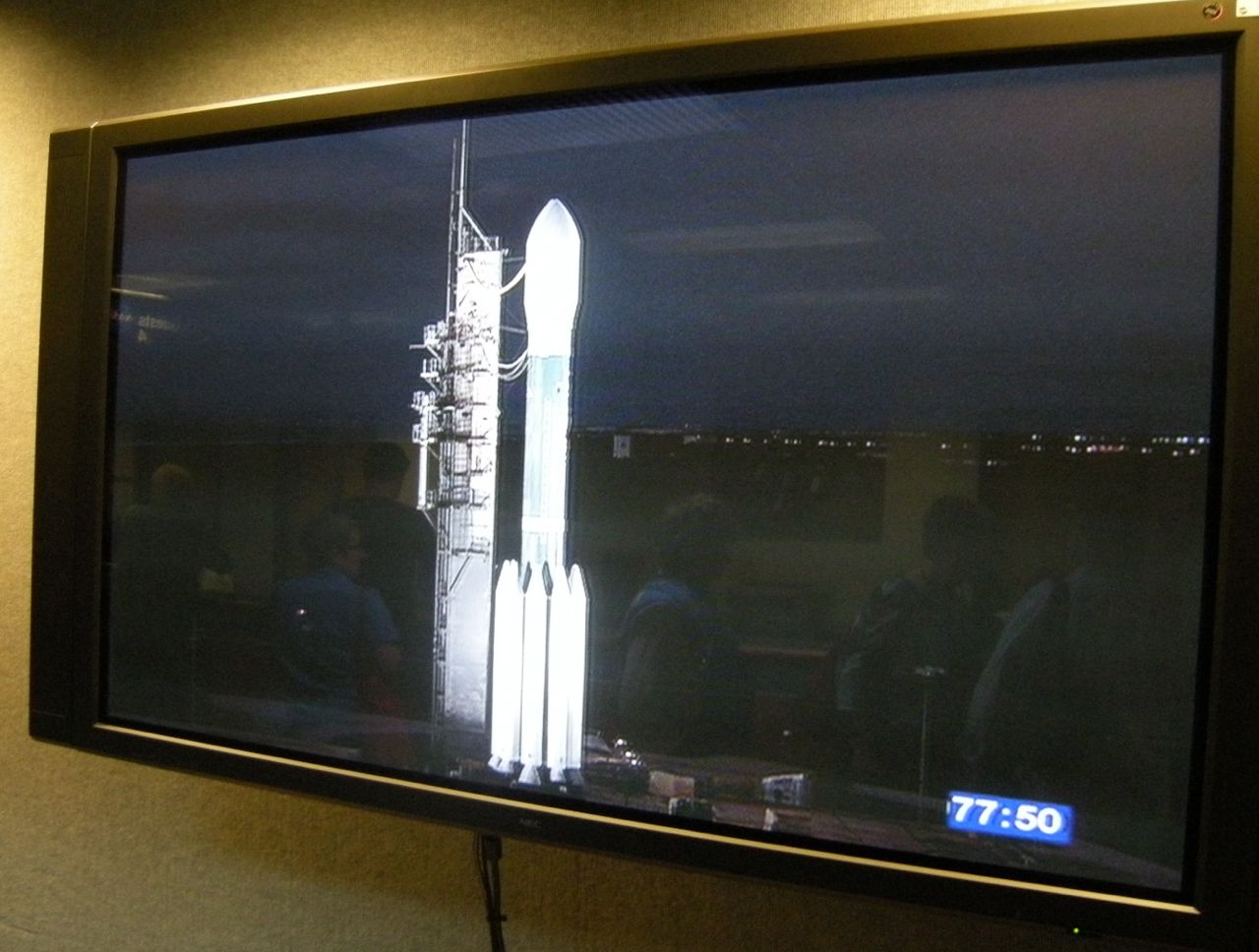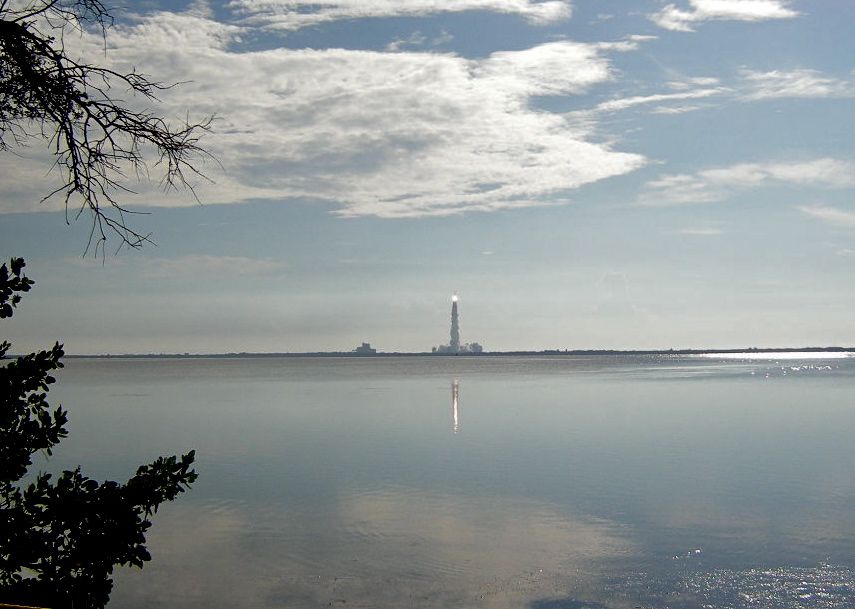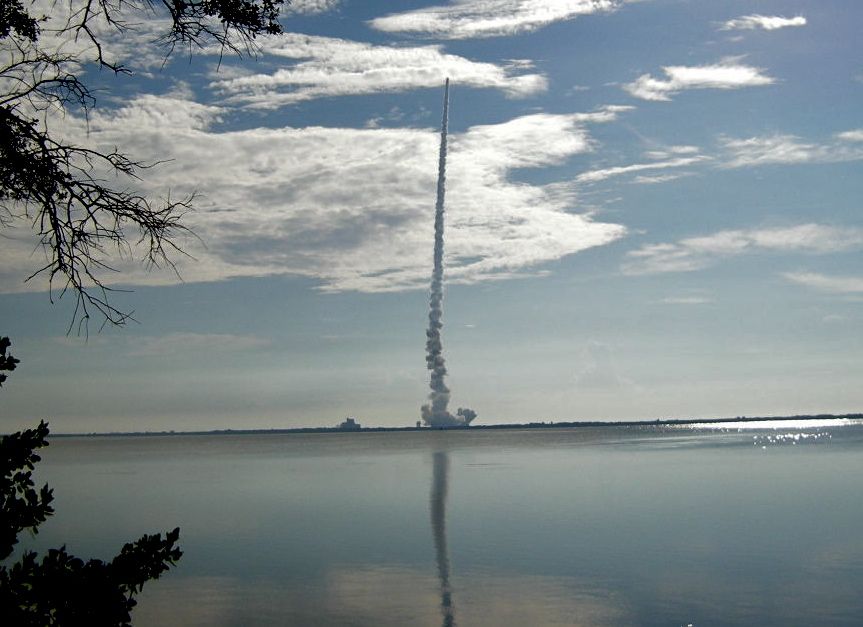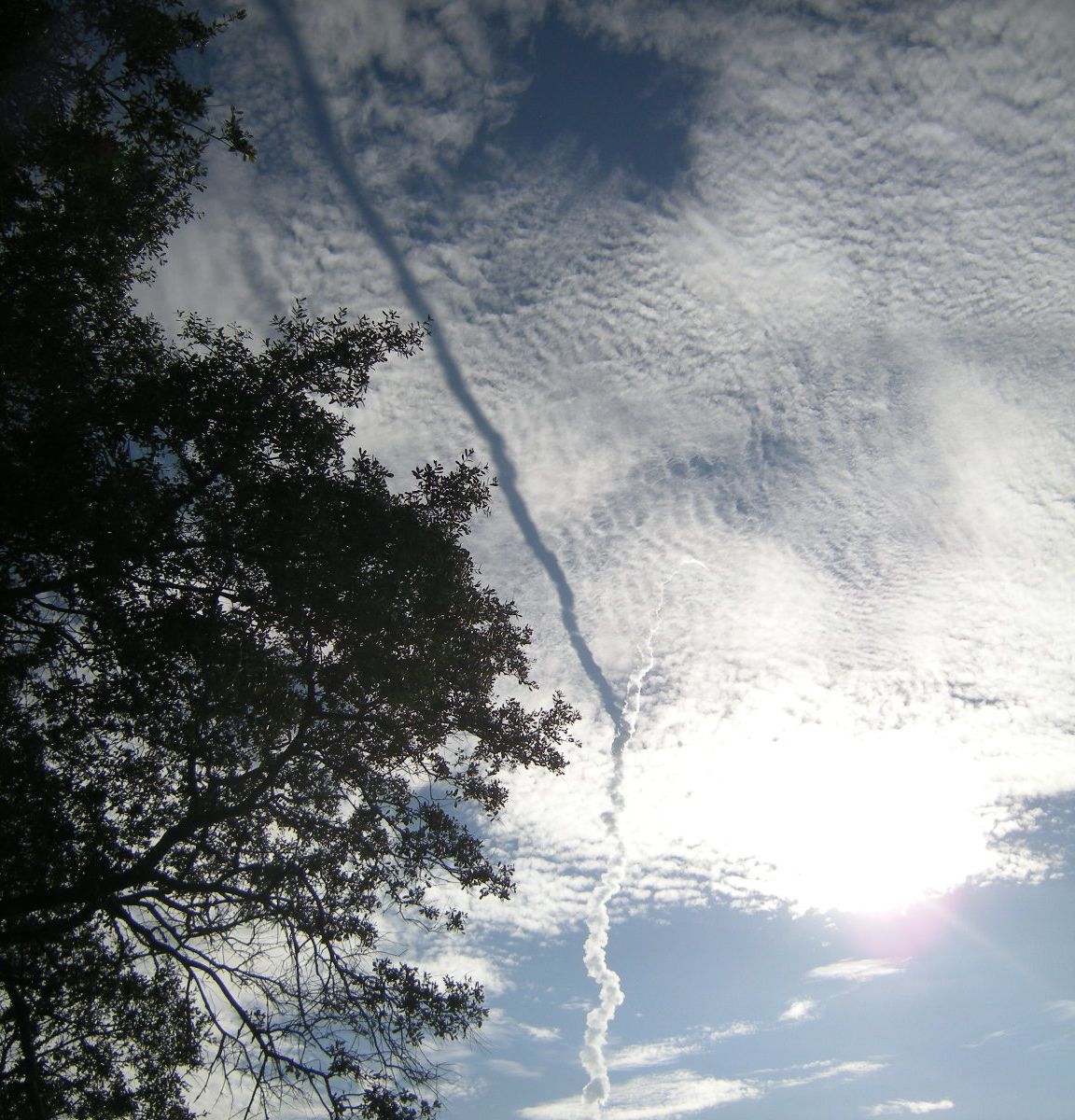I’m sure that not too many people were wondering, “I wonder why Dana hasn’t posted to his blog for a long time? I wonder where he’s gone?”
But just in case anybody was wondering, the answer is that I was on a week-and-a-half trip that was partly for business, partly for pleasure, and zero percent (unfortunately for this blog) for chess.
The business portion of the trip had two parts. First, I went to New Jersey to watch some of the competition for the Wendy Schmidt Oil Cleanup X Challenge, a million-dollar prize to see who can develop the best technology for mechanical recovery of oil spills at sea. The challenge was, obviously, inspired by the BP oil spill last year and funded by Wendy Schmidt, the wife of the former CEO of Google. I watched one team test their system and saw another team’s technology pre-test. Look for my article about this competition in New Scientist sometime in the next few weeks.
Second, I went to Florida to watch a rocket launch. The GRAIL mission to the moon was scheduled to lift off on September 8, and I received an invitation to watch it. How could I turn it down? This could be the only time in my life I would get invited to a NASA launch.
It turned out that my “VIP” guest pass entitled me to watch the launch from a visitors’ area that was so far away you practically needed a telescope to see the rocket. I think that the sunbathers at Cocoa Beach got a better look at the launch than the so-called guests of NASA did. Actually, the best view of the rocket was on the TV screen when I checked in at the Kennedy Space Center on Thursday:
You can see the cluster of nine little booster rockets around the main Delta-II rocket. This was the last time the Delta-II will ever launch from the East Coast. That’s partly because there aren’t any missions coming up that need it, and partly because everyone hopes there will be new rockets ready to take its place the next time an “intermediate-sized” rocket is required.
Thursday’s launch was scrubbed due to weather conditions and Friday’s due to a data glitch. But the long-anticipated launch finally took place on Saturday morning at 9:06. Here is my set of three pictures taken from very, very, very far away.
I was looking almost straight into the sun. The flame from the rocket (the little dot of light in the center) was actually bright orange, but nothing I could do with iPhoto could bring out the orange color. My attempts to reduce the glare have also made the exhaust from the rocket look darker than it really was. But I do like the way the rocket is reflected in the water.
A few seconds later:
Again, the difference between the white of the cloud and the white of the rocket exhaust was nowhere near so dramatic in real life.
This time you’re seeing the way it really looked. Something cool happened here, which took me a minute to figure out. After the rocket punched through this wispy cloud, the sunlight cast a shadow of the rocket’s exhaust onto the cloud from above. We are seeing the shadow from below, because the cloud was so thin as to be almost transparent. If you look really carefully at the picture, you can see the rocket’s exhaust in white continuing upward in a more or less straight line past the point where the shadow abruptly veers off to the left. The shadow appears much longer than the column of exhaust because we are looking almost straight up at the exhaust, while we are looking at the shadow from the side.
Sorry about the off-topic post! I may do one more post about my trip, and then I will get back to chess.







{ 4 comments… read them below or add one }
I think the rocket exhaust is not an “exhaust” at all but the water vapour present in the air that was condensed by the pressure gradient caused by the velocity of the rocket. The same thing the trail left in the sky by a jet airplane. Am I right?
Hi Alvaro,
Yes, I think so — although it’s not the *pressure* gradient but the *temperature* gradient that creates the condensation. According to http://www.af.mil/shared/media/document/AFD-051013-001.pdf, in a rocket or missile launch there could be some smoke mixed in with the water vapor, but I don’t think that is what we are seeing here. The Delta II rocket fuel was hydrogen and oxygen, which should produce … water.
To clarify my last response, I think that what we are seeing is mostly or all water (I agree with you there). However, I think a lot of the water actually does come from the combustion of the hydrogen and oxygen fuel in the rocket. That’s why the rocket’s contrail is so much denser than an airplane contrail.
Olá Dana!
Thank you for the answer! Great photos, by the way!
Aquele abraço!